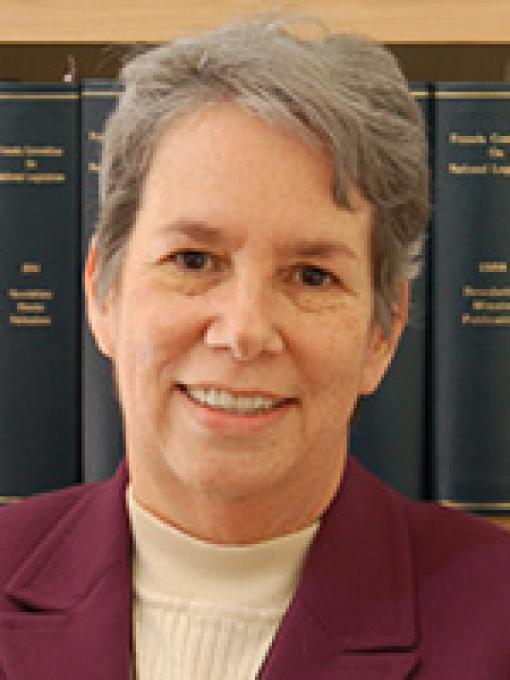Legislation in both the House and the Senate addresses the growing black market in Indian ancestral objects. These two bills attempt to stop the trafficking and export of these treasured items. Meanwhile, the controversy over the ancestry of “the Ancient One” – the Kennewick Man – rages on. Two bills, House and Senate, propose to “Bring the Ancient One Home.”
Frustrated by a growing black market in sacred and ceremonial objects, particularly those headed for sale in auction houses in Europe, Native American tribes and organizations have urged Congress to step in. This month, Senators Heinrich (NM), Udall (NM) and Flake (AZ) responded by introducing a bill named the “STOP Act” — Safeguard Tribal Objects of Patrimony (S. 3127). The bill designates a crime of exporting Native American cultural objects, in violation of existing protections, such as the Native American Graves Protection act and the Archaeological Resources Protection Act. The bill also establishes a two-year “amnesty” period, during which private individuals could voluntarily repatriate cultural articles in their possession, and thereby be immune from prosecution connected with taking or receiving the objects.
In the House, Representatives Pearce (NM2), Cole (OK4), and Betty McCollum (MN4) introduced a resolution, the “Protection of the Rights of Tribes to Stop the Export of Cultural and Traditional Patrimony” or “Protect Patrimony” Resolution (H. Con. Res. 122.) As a resolution, this legislation would not have the force of law if passed. But it calls on Congress to publicly condemn the theft and illegal sale of these cultural objects, and specifically asked certain government agencies and organizations to investigate and determine how this trade can be stopped.
The resolution has essentially been buried for this Congress, as it has been referred to three separate committees – Judiciary, Foreign Affairs, and Natural Resources – making it very unlikely that the resolution will be approved. However, among those three committees, there are 127 members. Only about a third of them serve on the Natural Resources Committee, where they are likely to have heard of this issue. For Representatives who serve on Judiciary and Foreign Affairs, the referral of this resolution may provide an opening to inform a larger body about this concern.
Two other new bills address the recovery of the remains of the “Ancient One” or the Kennewick Man. Discovered in 1996 by two college student wading in the Columbia River, these remains are among the oldest skeletons found in the Americas. Because of the location where the skeleton was found, the Army Corps of Engineers emerged as the “owner” of the property and it immediately claimed authority over the skeleton. But archaeologists, scientists, the local coroner also pressed claims, and a coalition of local tribes in the Columbia River basin claimed the remains for reburial under the Native American Graves Protection and Repatriation Act (NAGPRA).
During the last 20 years, the corps has held the skeleton “in trust,” first at the Department of Energy’s Pacific Northwest Laboratory and then at the Burke Museum of Natural History and Culture at the University of Washington in Seattle. Meanwhile court battles and other arguments raged over where the Kennewick Man belongs. In 2004, the 9th Circuit court determined that the age of the skeleton (more than 9000 years old) made its connection with any currently living tribe too tenuous to be protected under NAGPRA, and allowed the scientists to examine the bones. They were given 16 days in 2005 and 2006 for their studies. Those studies yielded remarkable information about the man’s live and activities and possible relatives.
Whether or not he is connected to currently living native peoples in the Columbia Basin region depends on changing perspectives about how this continent was populated. Creation stories of native peoples say that they have been here forever. Other skeletal remains and cultural artifacts found on this continent suggest human cultures much older than 10,000 years, such as a skeleton of a young woman found in Mexico, estimated to be 13,000 years old. To scientists, similarities in appearance and in DNA between early populations here and ancient populations on other continents suggest migration. While the debate among scientists continues, the native peoples seeking repatriation of these remains see the studies and examinations as desecration of a grave, profoundly disrespectful to the Ancient One.
The two bills in the Senate and House, both named the “Bring the Ancient One Home Act of 2015” (S.1979 and H.R. 4131), direct the Chief of Engineers of the Army Corps of Engineers to transfer the skeletal remains to the Washington State Department of Archeology and Historic Preservation, for repatriation to the tribes who are claiming the remains under the Native American Graves Protection Act.
